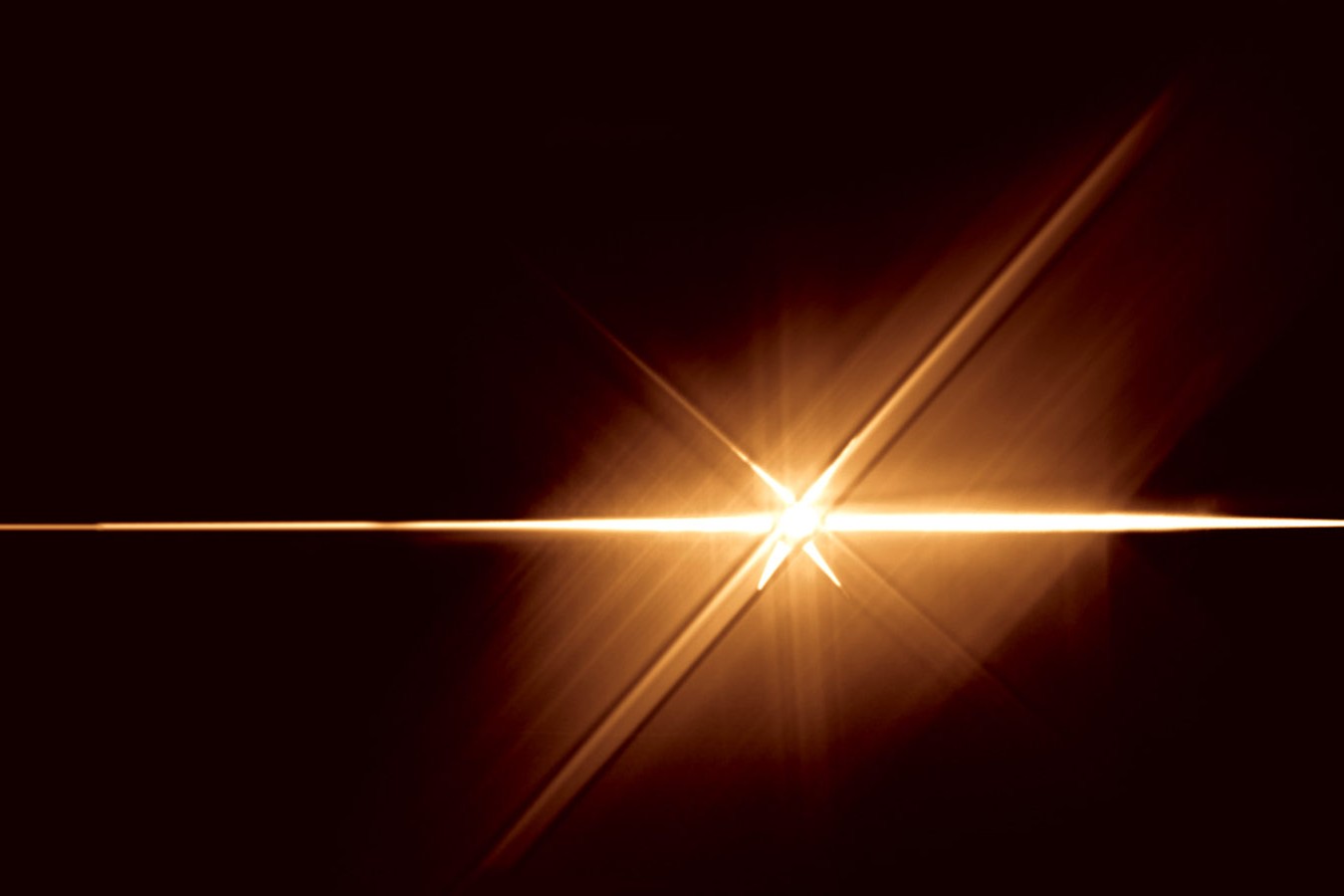
What is luminosity? Luminosity measures the total amount of energy a star or other celestial object emits per second. Think of it like the brightness of a light bulb, but on a cosmic scale. This energy can be in the form of visible light, ultraviolet light, or even X-rays. Scientists use luminosity to understand the size, age, and distance of stars. For example, our Sun has a specific luminosity that helps us compare it to other stars. By studying luminosity, astronomers can unlock secrets about the universe, from the life cycle of stars to the expansion of galaxies.
What is Luminosity?
Luminosity measures the brightness of an object, like stars or light bulbs. It's a key concept in astronomy and everyday life. Let's explore some fascinating facts about luminosity.
-
Luminosity is the total amount of energy a star emits per second. It's measured in watts, just like a light bulb.
-
The Sun's luminosity is about 3.828 x 10^26 watts. That's a lot of energy!
-
Luminosity depends on both the star's temperature and size. Hotter and larger stars are more luminous.
-
The brightest star in our night sky, Sirius, has a luminosity 25 times greater than the Sun.
-
A star's luminosity can change over time. As stars age, they often become more luminous.
-
Luminosity helps astronomers determine a star's distance from Earth. By comparing apparent brightness with luminosity, they can calculate how far away it is.
Luminosity in Everyday Life
Luminosity isn't just for stars. It plays a role in our daily lives too. Here are some interesting facts about how we encounter luminosity every day.
-
Light bulbs have different luminosities. A 60-watt bulb is less luminous than a 100-watt bulb.
-
LED lights are more energy-efficient because they produce more luminosity per watt than incandescent bulbs.
-
Luminosity affects plant growth. Plants need a certain amount of light (luminosity) to perform photosynthesis.
-
The luminosity of screens (like phones and TVs) can impact your sleep. Too much screen time before bed can disrupt your sleep cycle.
-
Luminosity is important in photography. Photographers adjust the luminosity to get the perfect shot.
-
Streetlights have varying luminosities to ensure safety and visibility at night.
Measuring Luminosity
Understanding how to measure luminosity helps us grasp its importance. Here are some facts about the methods and tools used.
-
Photometers measure the luminosity of light sources. They are used in both astronomy and everyday applications.
-
The bolometric luminosity of a star includes all wavelengths of light, not just visible light.
-
Astronomers use the inverse square law to measure luminosity. This law states that luminosity decreases with the square of the distance from the source.
-
The Hertzsprung-Russell diagram plots stars based on their luminosity and temperature. It's a crucial tool in studying stellar evolution.
-
Luminosity can be measured in different units, such as watts, lumens, or solar luminosities (L☉).
-
The luminosity function describes the distribution of luminosities in a group of stars or galaxies.
Luminosity and the Universe
Luminosity helps us understand the universe's vastness and complexity. Here are some mind-blowing facts about luminosity in the cosmos.
-
Quasars are some of the most luminous objects in the universe. They can outshine entire galaxies.
-
Supernovae are incredibly luminous explosions. They can briefly outshine their entire host galaxy.
-
The luminosity of a galaxy depends on the combined luminosity of all its stars.
-
Black holes themselves aren't luminous, but the material around them can be extremely bright.
-
The cosmic microwave background radiation has a very low luminosity, but it's crucial for understanding the universe's origins.
-
Luminosity helps identify exoplanets. When a planet passes in front of its star, it causes a slight dip in the star's luminosity.
Fun Facts About Luminosity
Let's end with some fun and quirky facts about luminosity that you might not know.
-
Fireflies produce their own luminosity through a chemical reaction called bioluminescence.
-
Some deep-sea creatures use bioluminescence to attract prey or mates.
-
Glow sticks work by mixing chemicals that produce luminosity through a process called chemiluminescence.
-
The Northern Lights (Aurora Borealis) are a natural light display with varying luminosities.
-
Luminosity can be used in art. Artists use different light sources to create stunning visual effects.
-
The luminosity of a candle flame is about 13 lumens. It's not very bright compared to modern light sources.
-
Some minerals glow under ultraviolet light due to their natural luminosity.
-
Luminosity can affect mood. Bright, well-lit spaces can make people feel more energetic and happy.
Brightening Your Knowledge
Luminosity isn't just about light; it's a fascinating blend of science, nature, and everyday life. From the glow of fireflies to the brilliance of stars, light plays a crucial role in our world. Understanding luminosity helps us appreciate the beauty around us and the technology we use daily.
Whether it's the twinkling of distant galaxies or the practical applications in our homes, light's impact is undeniable. Next time you flip a switch or gaze at the night sky, remember the incredible facts behind that glow. Knowledge about luminosity not only enlightens us but also sparks curiosity and wonder.
So, keep exploring, keep questioning, and let your newfound understanding of luminosity illuminate your path. The world is full of light, and now, you're a bit more enlightened about its wonders.
Was this page helpful?
Our commitment to delivering trustworthy and engaging content is at the heart of what we do. Each fact on our site is contributed by real users like you, bringing a wealth of diverse insights and information. To ensure the highest standards of accuracy and reliability, our dedicated editors meticulously review each submission. This process guarantees that the facts we share are not only fascinating but also credible. Trust in our commitment to quality and authenticity as you explore and learn with us.
